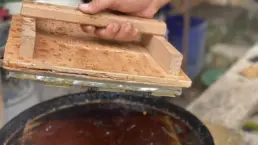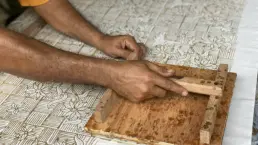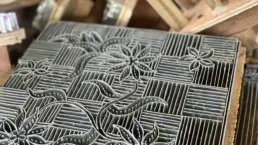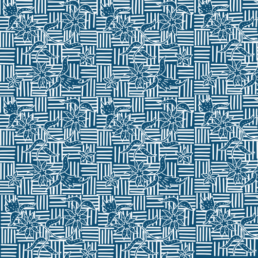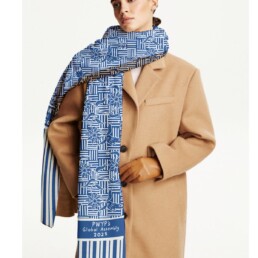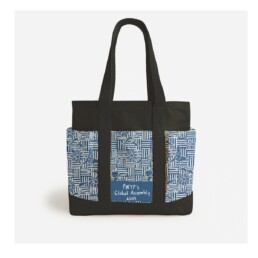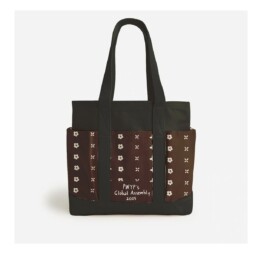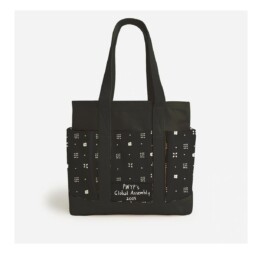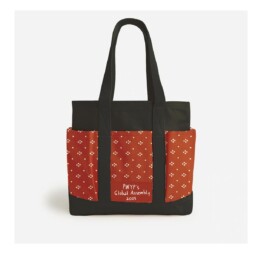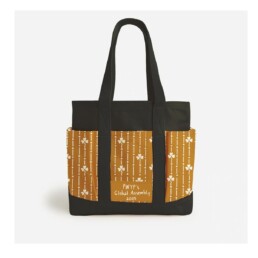In the heart of Indonesia, an art form as ancient as the islands themselves tells stories not with words but through intricate designs and vibrant colors. This art is known as batik, a wax-resistant dyeing technique that has woven its patterns into the fabric of Southeast Asian culture. Recognized by UNESCO as a Masterpiece of the Oral and Intangible Heritage of Humanity, batik is not just a craft; it’s a narrative passed down through generations.
Batik is a traditional technique for resisting dyes that involves applying wax to fabric. This creates dazzling patterns and designs. Though its roots are most profound in Indonesia, the beauty of batik transcends borders, and its techniques and styles vary across cultures. Each piece of batik carries a story, a snippet of history, or a burst of creativity from its creator.
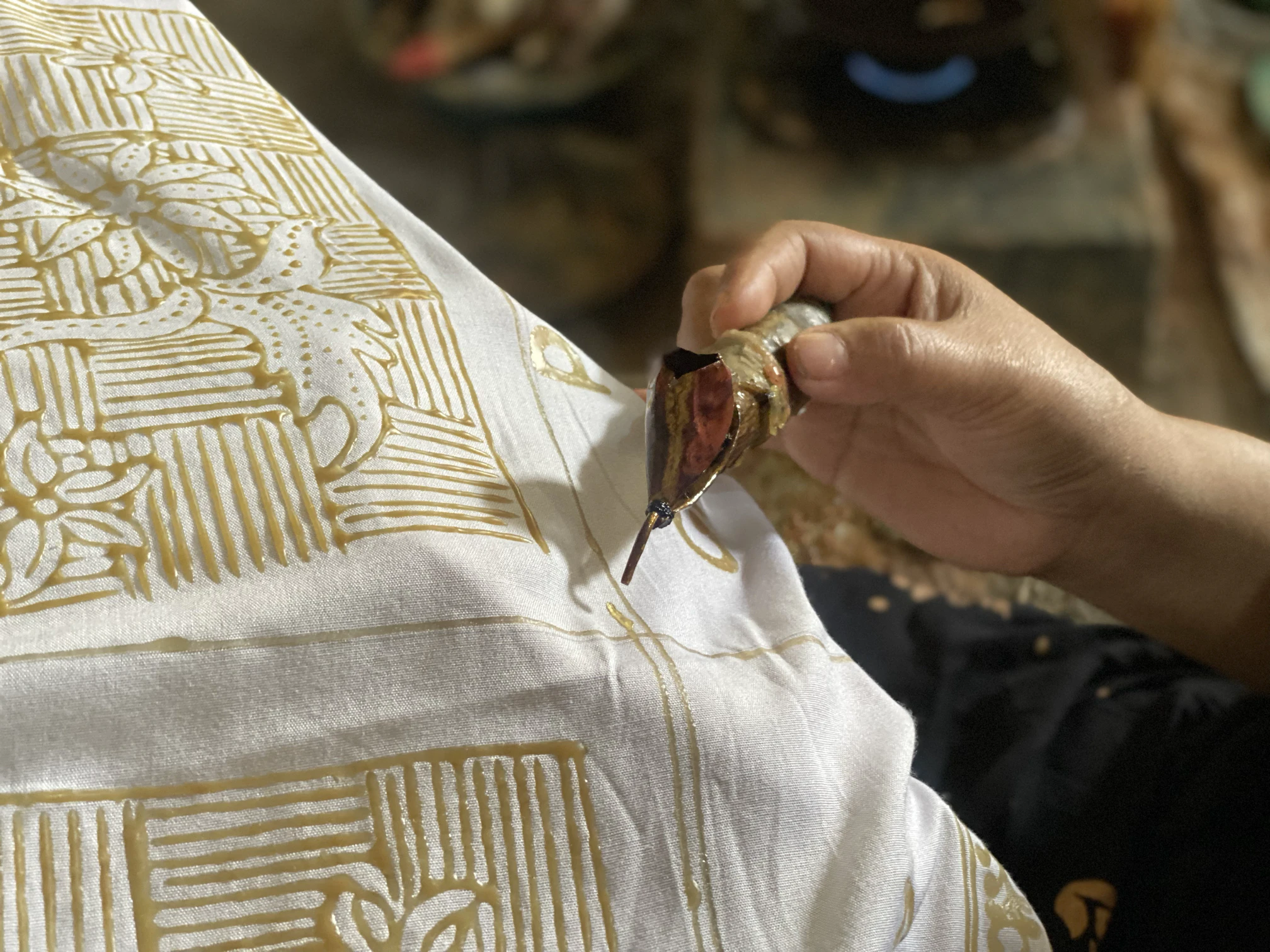
The creation of batik is a delicate dance of material and imagination. Artisans start with a simple piece of fabric—often cotton or silk. Using tools like a canting and a small copper container with a spout, they draw intricate designs with hot wax. The cloth is then dyed, with the waxed areas resisting the dye and forming the pattern. This process may be repeated with different colors, and finally, the wax is removed to reveal the complete design. There are primarily two methods: hand-drawn batik, known as batik tulis, and stamped batik, referred to as batik cap.
Over time, batik has gracefully entered the contemporary world. Designers incorporate batik motifs into modern fashion, highlighting the versatility of this ancient art. Beyond clothing, batik patterns adorn home décor, accessories, and artwork worldwide, sharing its rich heritage with broader audiences.
We’re excited to share how our journey unfolds as these stunning batik fabrics meet the joy of modern personalization through our collaboration with Dinanti Batik. With their dedication to honoring traditional techniques while embracing fresh, contemporary designs, Dinanti Batik beautifully complements our vision of blending cherished art forms with your unique expression.
Each motif is a canvas of stories as vibrant as the culture they represent:
- Titik Papat: This motif symbolizes balance and the four cardinal directions, offering a sense of grounding and stability.
- Bumbon Pepeg: Representing a complete blend of spices, it celebrates nature’s bounty and embodies gratitude for nature’s richness.
- Semanggi: The clover pattern signifies good fortune, promising luck and positivity to its bearer.
- Rengganis: Meaning “Ireng Manis” (sweet black); this motif is inspired by stars in a dark sky, symbolizing hope for a bright future.
- Lung-lungan: Depicting creeping plants, this design serves as a metaphor for mutual assistance and community support.
Shoutouts

Dinanti Batik
Dinanti Batik is a charming batik artisan from Tuban, East Java. They craft beautiful, unique patterns using traditional techniques and natural dyes. Each piece feels special, reflecting the love and care put into the work.
Swanagata
At Swanagata, we’re all about empowering non-profits to flourish. Since January 2022, under Publish What You Pay Indonesia, we’ve been helping organizations grow by boosting their brand and knowledge. We offer personalized programs like financial management and IT training, plus web development, creative design, and event planning. We’re passionate about supporting your mission and driving positive change together.

